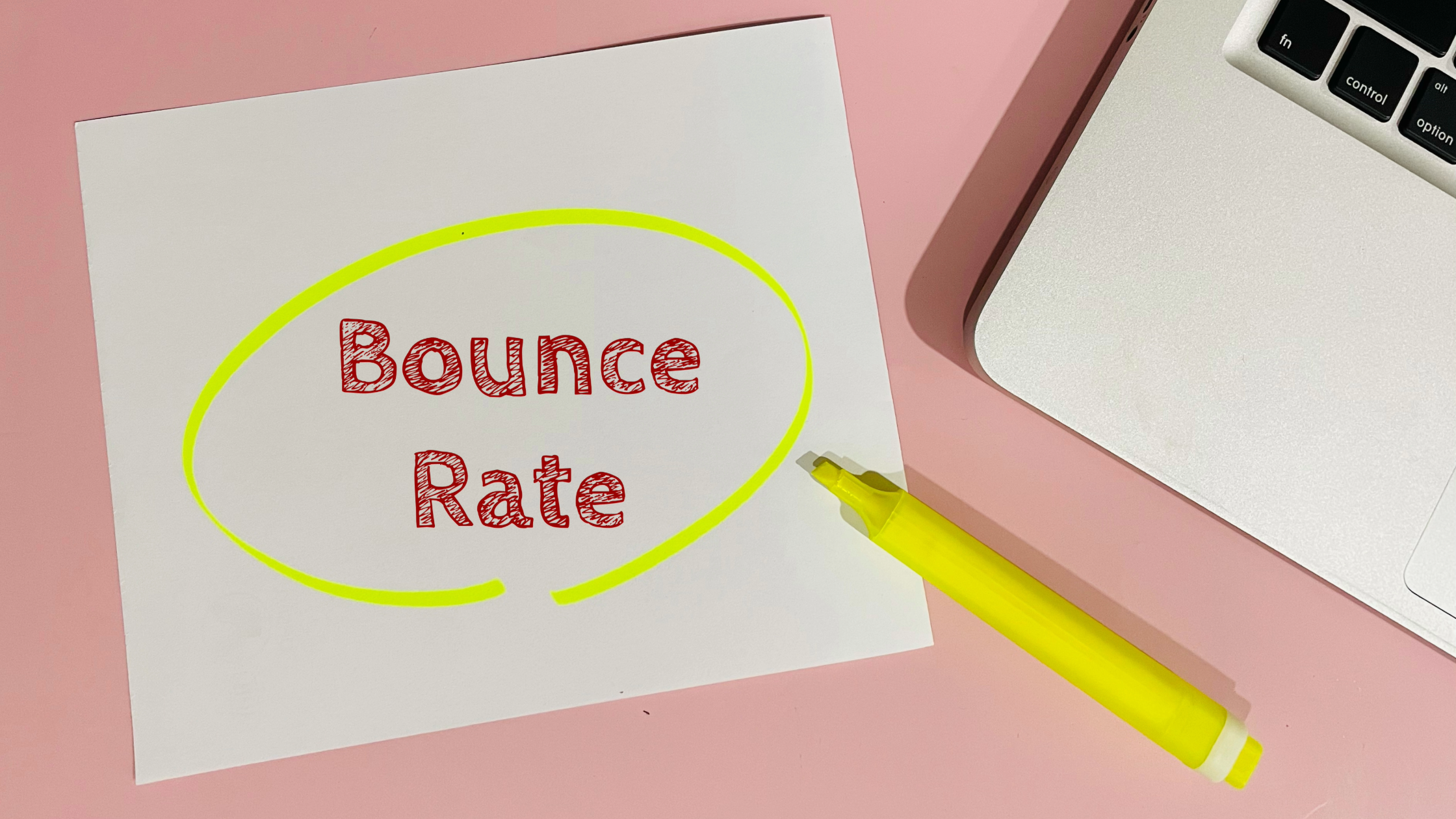How to Build Backlinks Without Getting Penalized
Backlinks are the internet’s version of a vote of confidence. If another website links to yours, Google sees that as a signal: “Hey, this content is worth something.” More links = more authority = better rankings.
But here’s the catch: not all backlinks are good. In fact, the wrong ones can hurt your rankings faster than you can say “manual penalty.”
So how do you build links the right way—without crossing any lines? Glad you asked.
What Makes a Backlink ‘Good’?
Not all links are created equal. The best backlinks come from real, relevant websites with strong reputations. They’re placed naturally—like part of a recommendation, not a forced sales pitch.
A high-quality backlink usually checks these boxes:
- It comes from a site with decent domain authority
- It’s relevant to your content or niche
- It’s placed inside content, not shoved in a sidebar or footer
- It doesn’t look spammy (think: no casino, adult, or sketchy directories)
Google wants your link profile to look organic—because it should be. A hundred links from random forums in Kazakhstan won’t help your SEO. They’ll probably tank it.
How to Build Backlinks That Actually Work
Let’s talk about tactics that are safe, smart, and effective in 2025:
1. Create Content People Actually Want to Link To
This is the foundation. Link-worthy content includes:
- Original research or data
- In-depth guides and tutorials
- Tools, calculators, or templates
- Content that ranks well and solves a problem clearly
Nobody’s linking to your 400-word sales pitch. They’ll link to the guide that saved them 3 hours of Googling.
2. Guest Posting (But Do It Right)
Writing for another site in your niche can be a great way to get a backlink. But only if:
- The site is legit and has real traffic
- Your article actually provides value
- You’re not spamming the same bio link 200 times across low-quality blogs
This isn’t about gaming the system—it’s about providing good content and earning a byline in return.
3. Digital PR & Sources Of Sources
Journalists and bloggers are always looking for sources. Sign up for Sources of Sources or similar platforms and pitch quotes when a relevant request pops up. If they use your insight, they’ll usually give you a link back.
Digital PR campaigns—like sharing survey results or case studies—can also attract media links naturally.
4. Resource Pages and Link Roundups
Some websites have dedicated “resources” sections where they link out to helpful tools or articles. Find these with search strings like:
intitle:resources + [your topic]best tools for [your niche]
If your content fits, reach out and ask to be included. Just be polite and specific.
5. Unlinked Brand Mentions
If someone already mentioned your brand but didn’t link to you, that’s a low-hanging win. Use tools like Google Alerts or Ahrefs to find those mentions, then shoot over a quick email asking if they’d mind linking your name to your site.
What to Avoid (Unless You Like Penalties)
Some link building tactics are best left in 2012. Don’t mess with:
- Paying for links (especially the Fiverr kind)
- Private blog networks (PBNs)
- Spammy link exchanges
- Comment spam on random blogs
- Automated link tools that promise “100 backlinks overnight”
Google’s algorithm is smarter than all of those tactics. And if they catch you? You might not recover.
Hour51’s Approach to Link Building
At Hour51.com, we focus on link building that actually helps. That means finding real sites with real readers, writing content that earns links naturally, and avoiding shortcuts that backfire.
Because in the end, backlink building isn’t just an SEO move—it’s relationship-building. You’re earning trust, not just traffic.
news via inbox
Subscribe to get SEO Tips and Tricks directly in your inbox!








